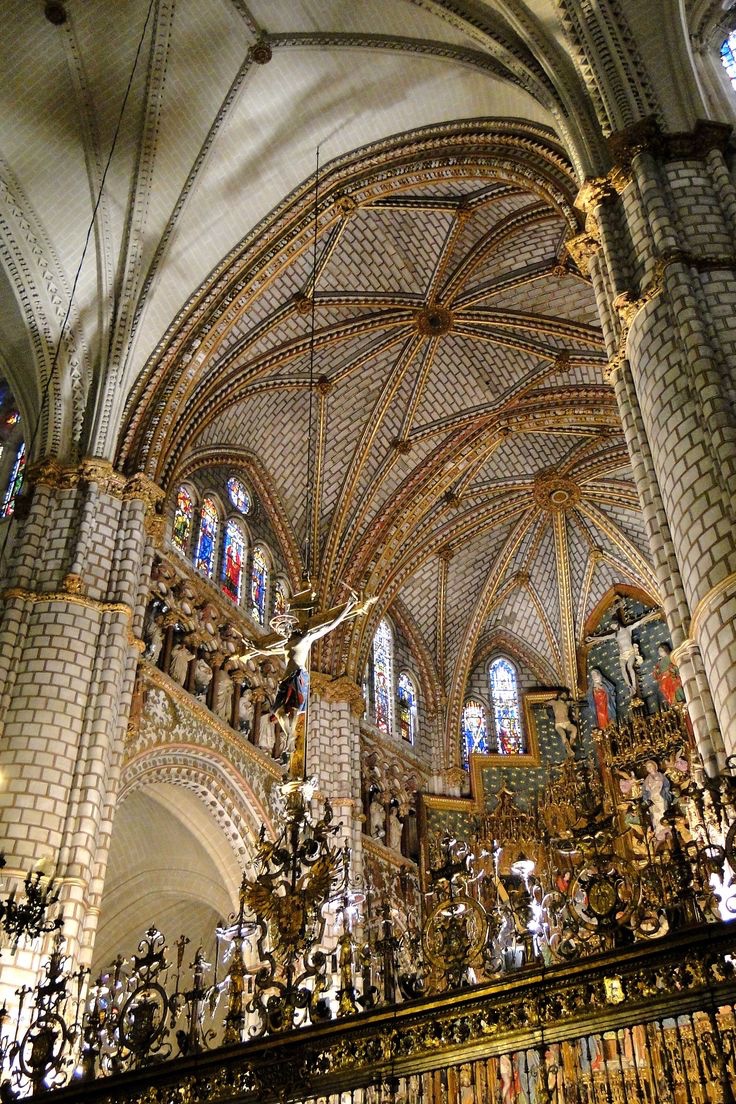Spain is not only known for its Moorish arches, terracotta roofs, and sun-drenched squares, but also as the birthplace of captivating literary works. There, form and language do not merely coexist – they intertwine, support, and reflect each other, like a perfect marriage between visual art and intellectual art.
Legacy of bricks and utterances
Spain is a land where architecture is not just for living but also for storytelling. Curved walls, soaring arches, and vibrant ceramic tiles are all “texts” in material form, capturing the memory of a culture that blends Arab, Roman, and Christian influences. Looking at a Gothic cathedral in Toledo or the Alhambra Palace, one can sense nostalgia, faith, passion, and even tragedy—much like reading a novel by Federico García Lorca or Miguel de Unamuno.
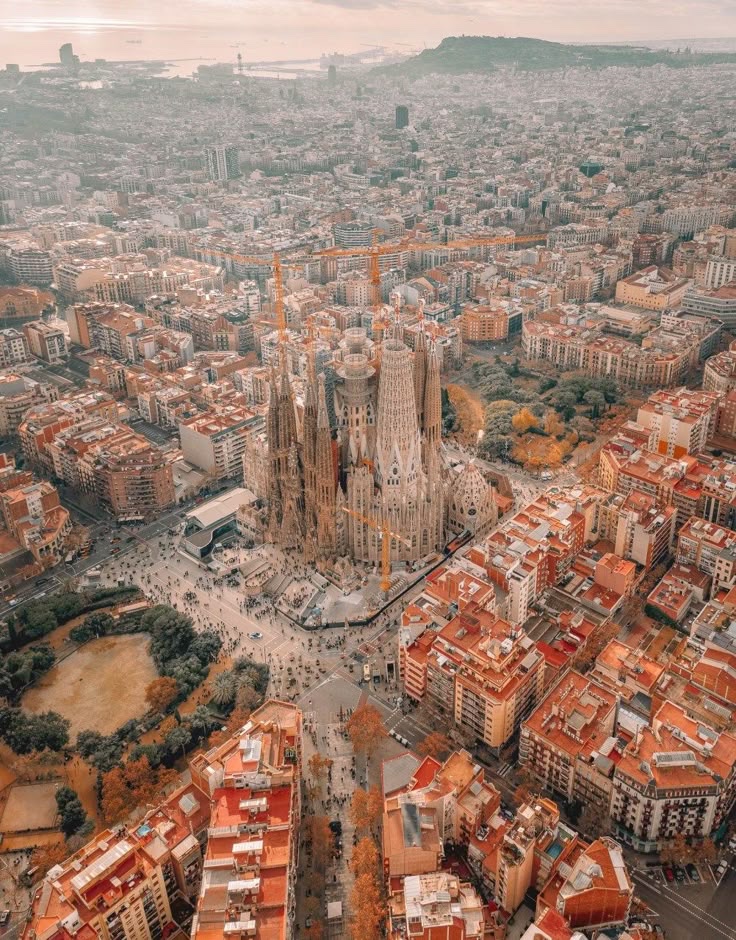
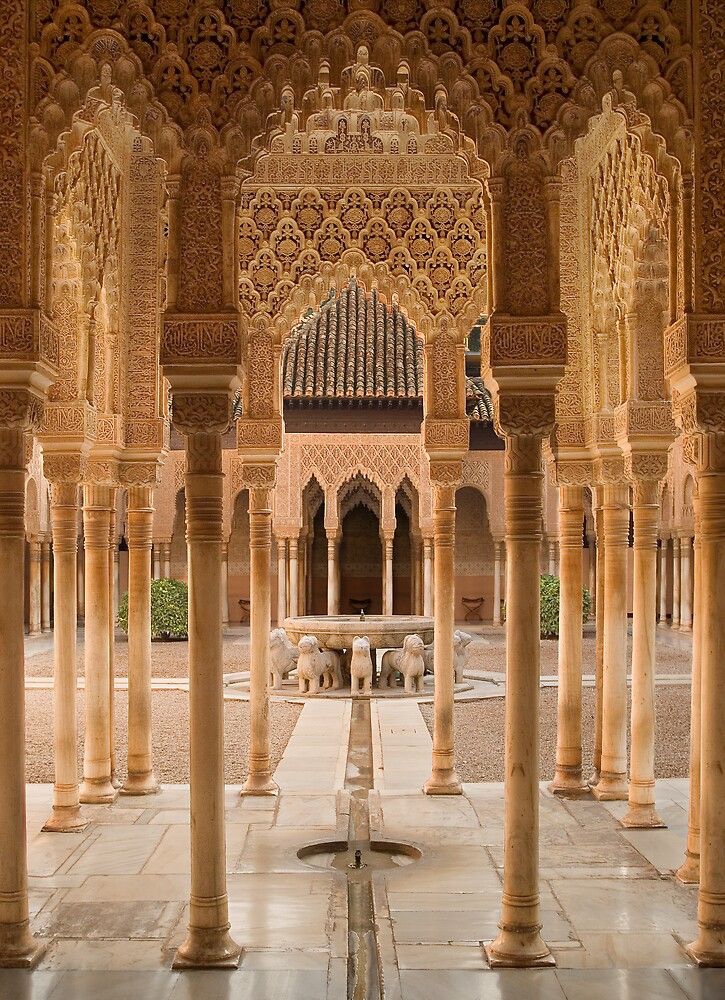
Antoni Gaudí – the emblem of Catalan architecture – was not merely a builder; he was a “poet of tiles and bricks”. In his works, especially the Sagrada Família, Gaudí rejected rigid straight lines in favor of flowing curves that mimic the passage of time. The columns twist like tree trunks, and light streaming through stained glass creates a visual symphony.
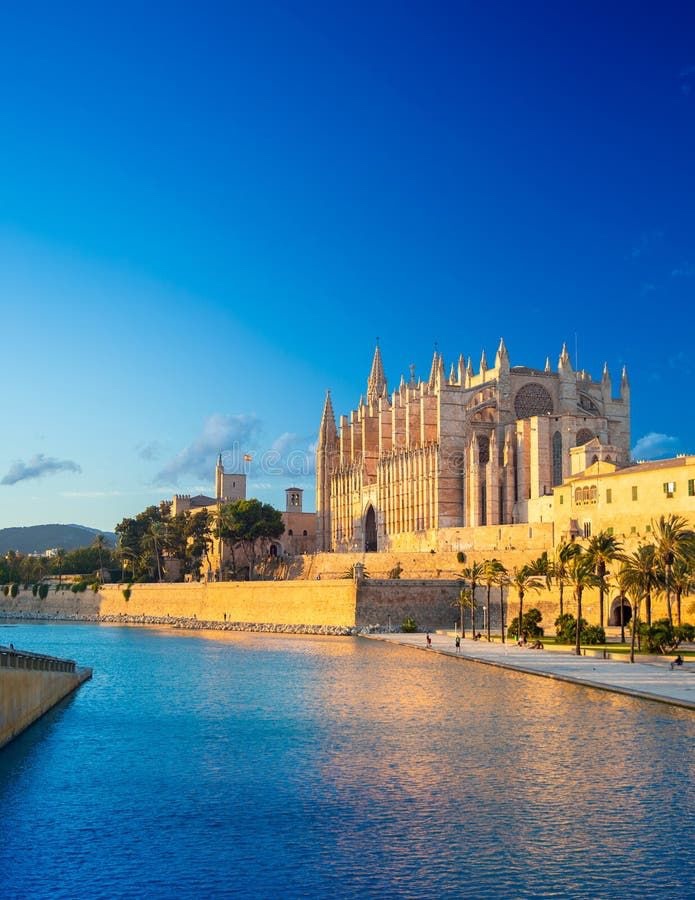
Madrid, Barcelona, Sevilla – each Spanish city carries within itself a structure much like a literary work. Imagine yourself wandering through Barcelona’s Gothic Quarter: narrow cobblestone streets, wrought-iron balconies adorned with patterns, the sound of footsteps echoing on the ground – that’s the introduction, setting the tone. As you venture deeper, you encounter sun-drenched plazas, the hum of conversation like a rising action. And then, suddenly, a street opens onto the Santa Maria del Mar church – that’s the climax. The city tells its story in rhythm with your footsteps.
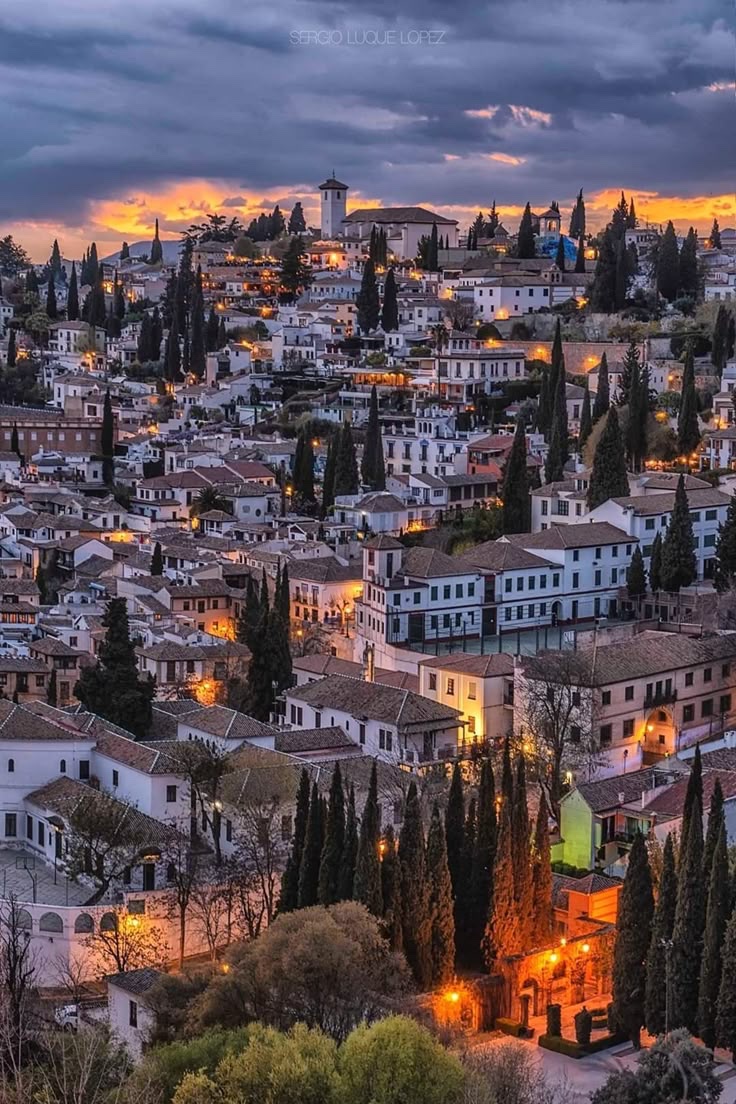
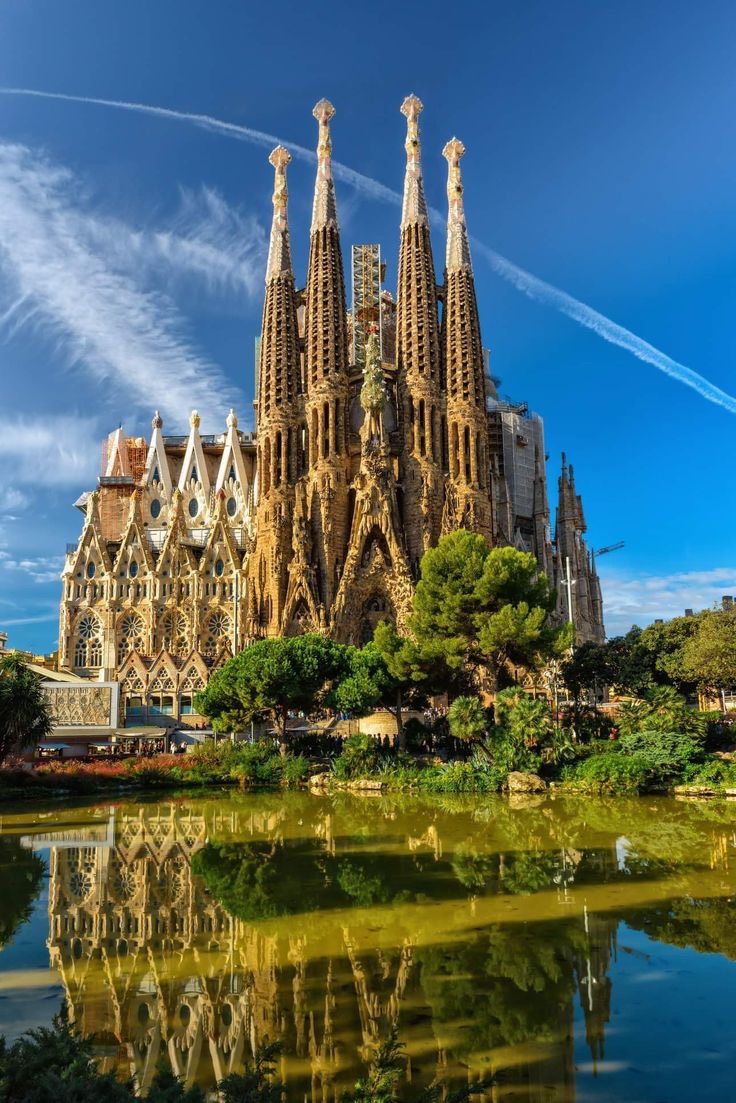
Spanish literature and architecture share a common language: emotion. They are shaped not only by technique, but by intuition and instinct. A Gothic arch can move us to tears just like a passage from Cervantes; a line from a play by Calderón can evoke the same sense of awe as standing before the azulejo-covered walls of Seville.
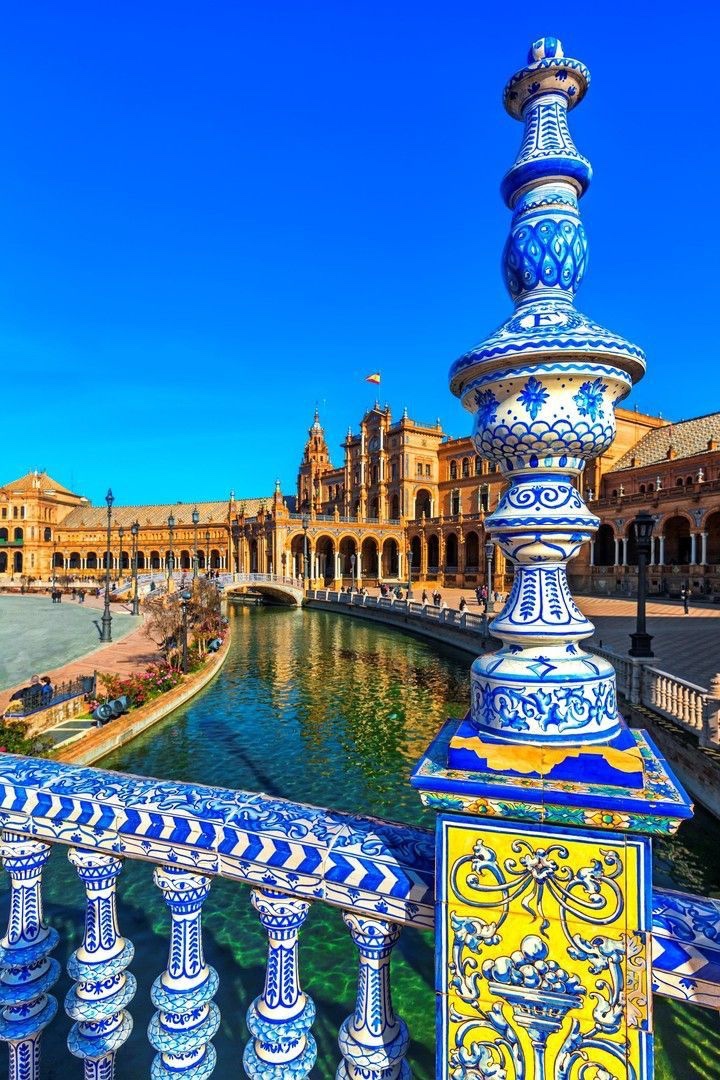
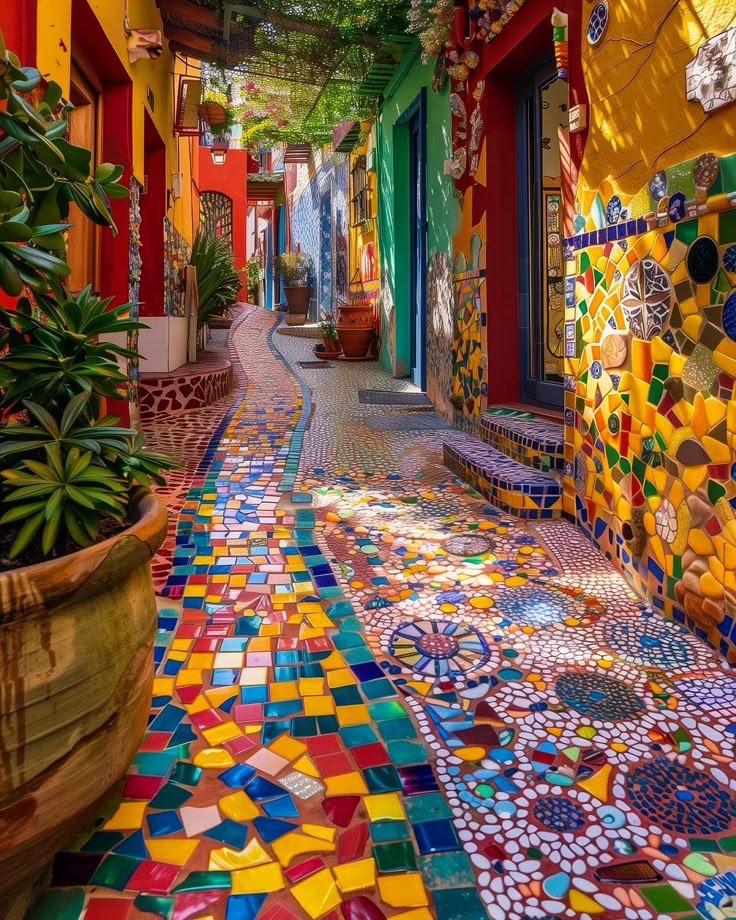
Taylor | Cameron Truong


